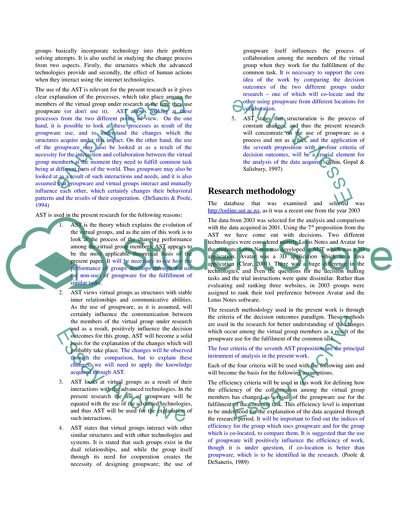Cite this document
(Does Physical Location Impact Collaboration between Groups Assignment, n.d.)
Does Physical Location Impact Collaboration between Groups Assignment. https://studentshare.org/sociology/1704989-how-effective-is-it-for-the-users-to-use-the-groupware-in-virtual-environment-and-complete-the-work-assigned-to-them-from-any-part-they-are-located-at-when-com
Does Physical Location Impact Collaboration between Groups Assignment. https://studentshare.org/sociology/1704989-how-effective-is-it-for-the-users-to-use-the-groupware-in-virtual-environment-and-complete-the-work-assigned-to-them-from-any-part-they-are-located-at-when-com
(Does Physical Location Impact Collaboration Between Groups Assignment)
Does Physical Location Impact Collaboration Between Groups Assignment. https://studentshare.org/sociology/1704989-how-effective-is-it-for-the-users-to-use-the-groupware-in-virtual-environment-and-complete-the-work-assigned-to-them-from-any-part-they-are-located-at-when-com.
Does Physical Location Impact Collaboration Between Groups Assignment. https://studentshare.org/sociology/1704989-how-effective-is-it-for-the-users-to-use-the-groupware-in-virtual-environment-and-complete-the-work-assigned-to-them-from-any-part-they-are-located-at-when-com.
“Does Physical Location Impact Collaboration Between Groups Assignment”. https://studentshare.org/sociology/1704989-how-effective-is-it-for-the-users-to-use-the-groupware-in-virtual-environment-and-complete-the-work-assigned-to-them-from-any-part-they-are-located-at-when-com.


